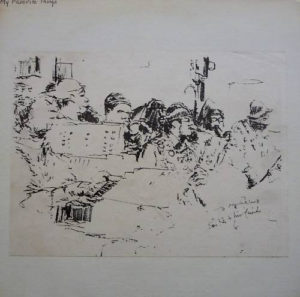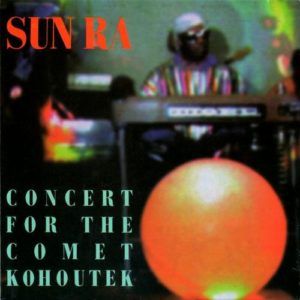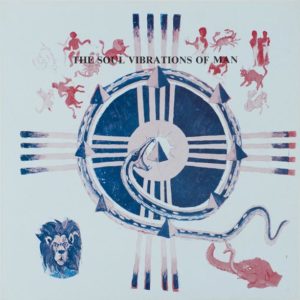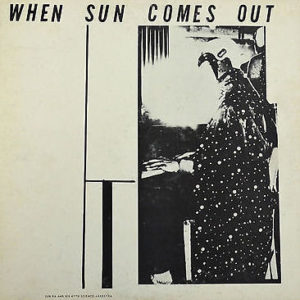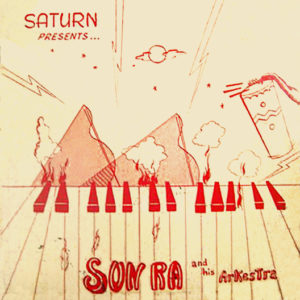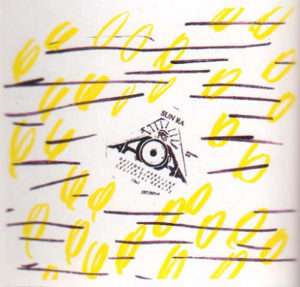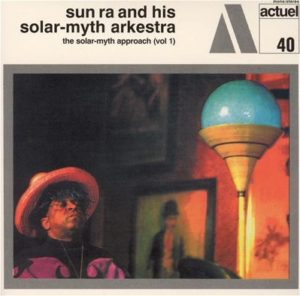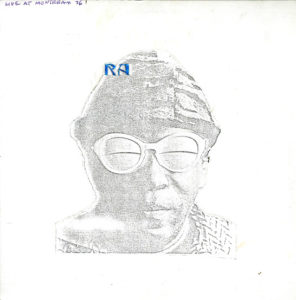Sun Ra and His Arkestra – Some Blues But Not the Kind Thats Blue El Saturn 101477 (1978)
A collection of mostly standards. John Gilmore‘s playing on tenor sax is just lovely. The title track, “My Favorite Things,” “Nature Boy” and “Tenderly” are particularly notable. If you liked Bad and Beautiful this should also please you. What happens here, though, is that more Ra-isms are thrown into the mix. Often that is achieved with jumps between styles. So, for instance, exotic collective percussion is set starkly against mellow soloing. The group may only be blowing off steam with these tunes, but this is still eminently pleasant if slightly off-kilter jazz.

